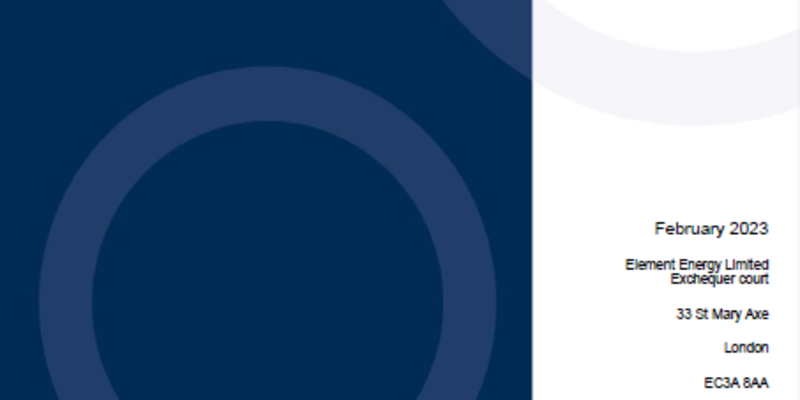A range of market, policy and regulatory (MPR) risks and barriers currently exist which could impede HIC’s progress to net zero that requires urgent and co-ordinated action from a range of stakeholders at local and national level.
This HICP study, undertaken by Element Energy, identifies these MPR risks and barriers some of which are listed below:
- Many deep decarbonisation technologies are highly energy intensive, rely on significant new infrastructure, and still under development. There is also a potential risk that any early movers will be locked into suboptimal technology choices.
- The cost of energy increases when switching away from fossil fuels. For example, the price of hydrogen is intrinsically linked to and higher than electricity (if electrolytic) or natural gas (if CCS enabled). Further, long term carbon and energy prices are highly uncertain, which may potentially hinder investor willingness to invest in low-carbon projects.
- Each decarbonisation pathway hinges on critical resources whose long term availability is not fully understood. For example, large scale electrification necessitates copper to upgrade of the grid infrastructure, and battery minerals for storage. CCS enabled low carbon hydrogen production would increase demand for natural gas, while electrolysers today require critical minerals like platinum, iridium, and scandium. Further, bioenergy and BECCS rely on sufficient availability of sustainable sources of primary biomass or residues.
- Current low carbon prices mean that it is cheaper to emit than abate CO2, which may discourage the pace of transition to Net Zero.
- The consenting regime (DCO or TCPA) is poorly defined for hydrogen fuel switching, BECCS, DACCS, and electrification technologies.
The study also provides actions for a wide-ranging stakeholder including policy makers, industry, regulators, local authorities/ leadership, academia, and utility networks. Some critical and urgent actions are listed below:
- Finalise business models for carbon capture, H2 production and greenhouse gas removals, specifically providing clarity on the level of financial support that will be made available. Develop a business model for electrification.
- Implement carbon border adjustment measures or equivalent instruments to enable carbon pricing to drive decarbonisation whilst not contributing to carbon leakage.
- Increase innovation funding for new technologies that will reduce the cost of decarbonisation.
- Stimulate demand for green products through the development of increased Scope 1-3 emissions traceability across the full product supply chain.
- Ofgem should reform industrial electricity prices, decoupling the cost of electricity from fossil generation and the market price of natural gas.
- The local authorities to work alongside the government to update how planning consent is awarded for projects of national significance.
- Focus R&D efforts on reducing the cost of CO2 capture, hydrogen production and electrification, alongside further analysis of promising alternative pathways.
- Identify constraints in the UK electricity grid and opportunities for electrification.
Delivering decarbonisation in the Humber region will rely on a co-ordinated approach across a range of stakeholders to ensure that optimal choices are made both on a site and a cluster level. Avoiding delays in this early planning stage will be critical to ensuring that the goal of net-zero emissions by 2040 remains in reach.
Click here for the report.


